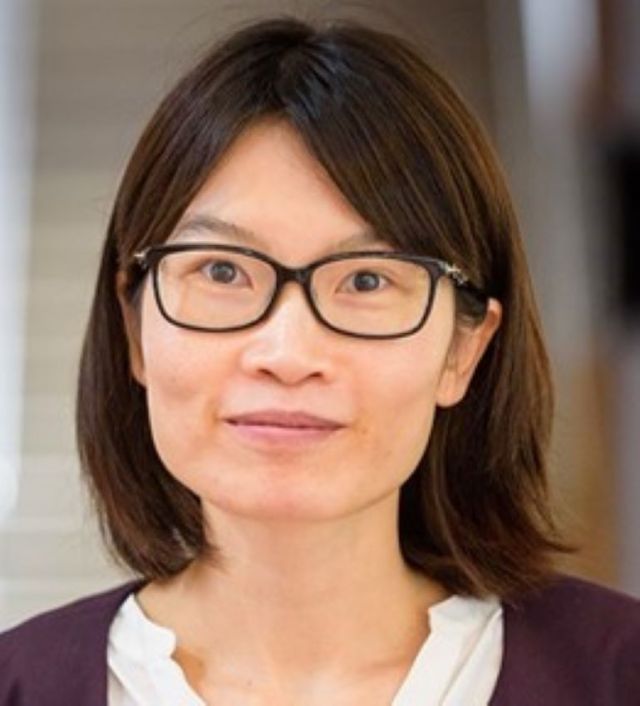
Tse (Tina) Nga Ng (UCSD): "Organic Electronics to See Deeper and Go Farther"
Tse Nga Tina Ng is a Professor in the Electrical and Computer Engineering Department and affiliated with the Materials Science Program at University of California San Diego (UCSD). She received her B.S. in chemistry from Knox College and M.S. and Ph.D. degree in physical chemistry from Cornell University. She started her career at Xerox Palo Alto Research Center, prior to joining UCSD in 2016. Dr. Ng is a Fellow of the National Academy of Inventors, recipient of the NSF Mid-Career Advancement Award, and appointed as a Distinguished Lecturer by the IEEE Sensors Council. She is currently an Associate Editor for IEEE Journal on Flexible Electronics and serving on the editorial boards of ACS Applied Electronic Materials and Institute of Physics Flexible Printed Electronics. Her lab website is http://flexible-electronics.ucsd.edu/
Abstract: Solution-processable materials enable versatile approaches that can lead to devices that are economical and easily reconfigurable. Here we present the design and additive processing of polymeric materials to achieve optoelectronics and energy storage for Internet of Things applications. We will discuss two example use cases, including sensors for infrared imaging that enable deeper penetration depth and structural supercapacitors for energy storage.
Organic infrared photodetectors with improved detectivity would enable low-cost spectroscopic analysis and other imaging applications. However, organic infrared materials are challenged by inefficient transduction due to increasing recombination with lower bandgaps. Here we report the approach of different device structures to increase signal gain for materials responsive from 1100 to 1600 nm. The comparisons of photodiodes and retinomorphic capacitive detectors will evaluate the potentials and trade-off of alternative structures to enhance sensitivity and motion detection (Advanced Science 2023, 2304688).
The same class of organic semiconductors can be applied in energy storage applications, in particular for redox supercapacitors as portable power sources. We developed multifunctional structures, which combine load-bearing and energy-storage functions in one, resulting in weight savings and safety improvements. The structural supercapacitors are demonstrated to reach state-of-the-art performance matching the level of mono-functional supercapacitors. Finally, the structural supercapacitor was made into the hull of a model boat to demonstrate its multifunctionality (Science Advances 2023, eadh0069). This presentation aims to summarize the key challenges and future opportunities of integrating polymer electronics in various remote sensing applications.